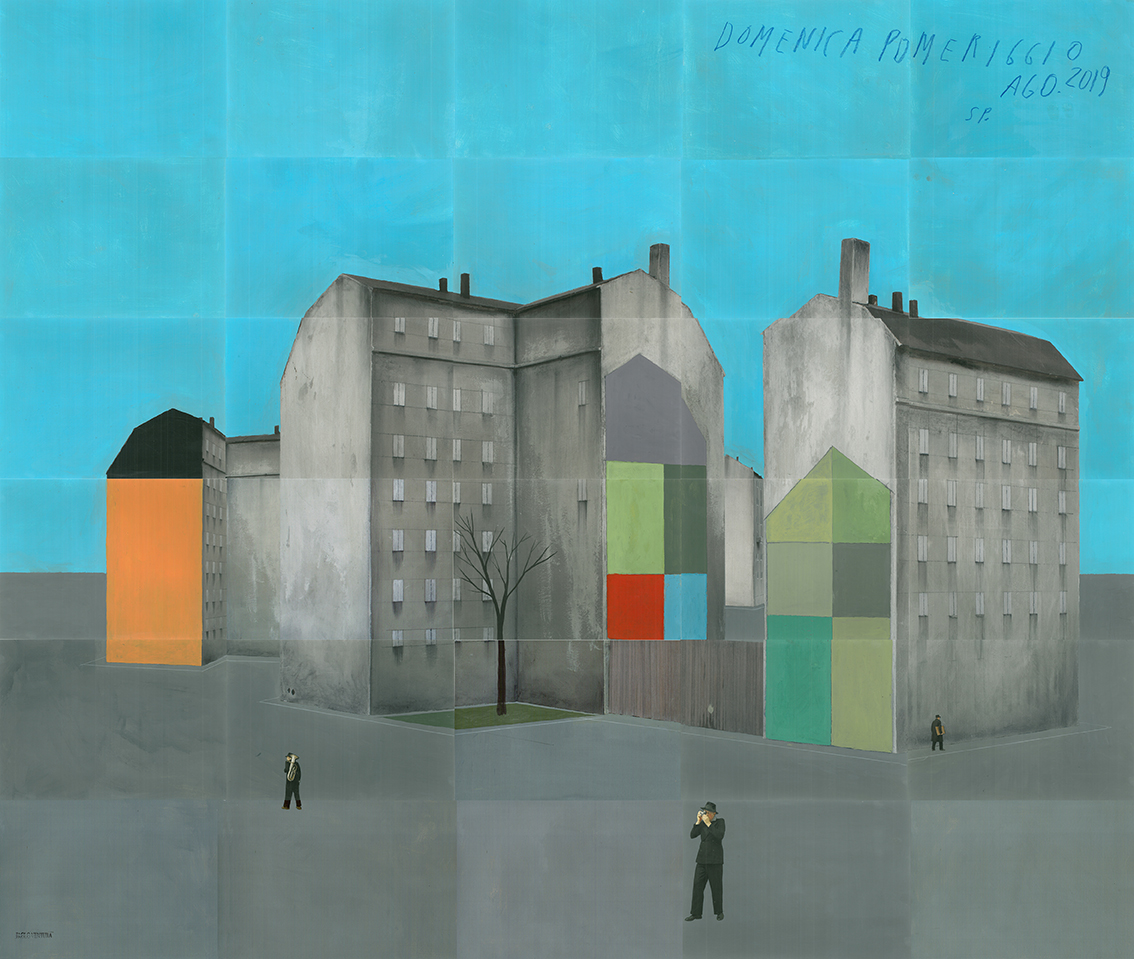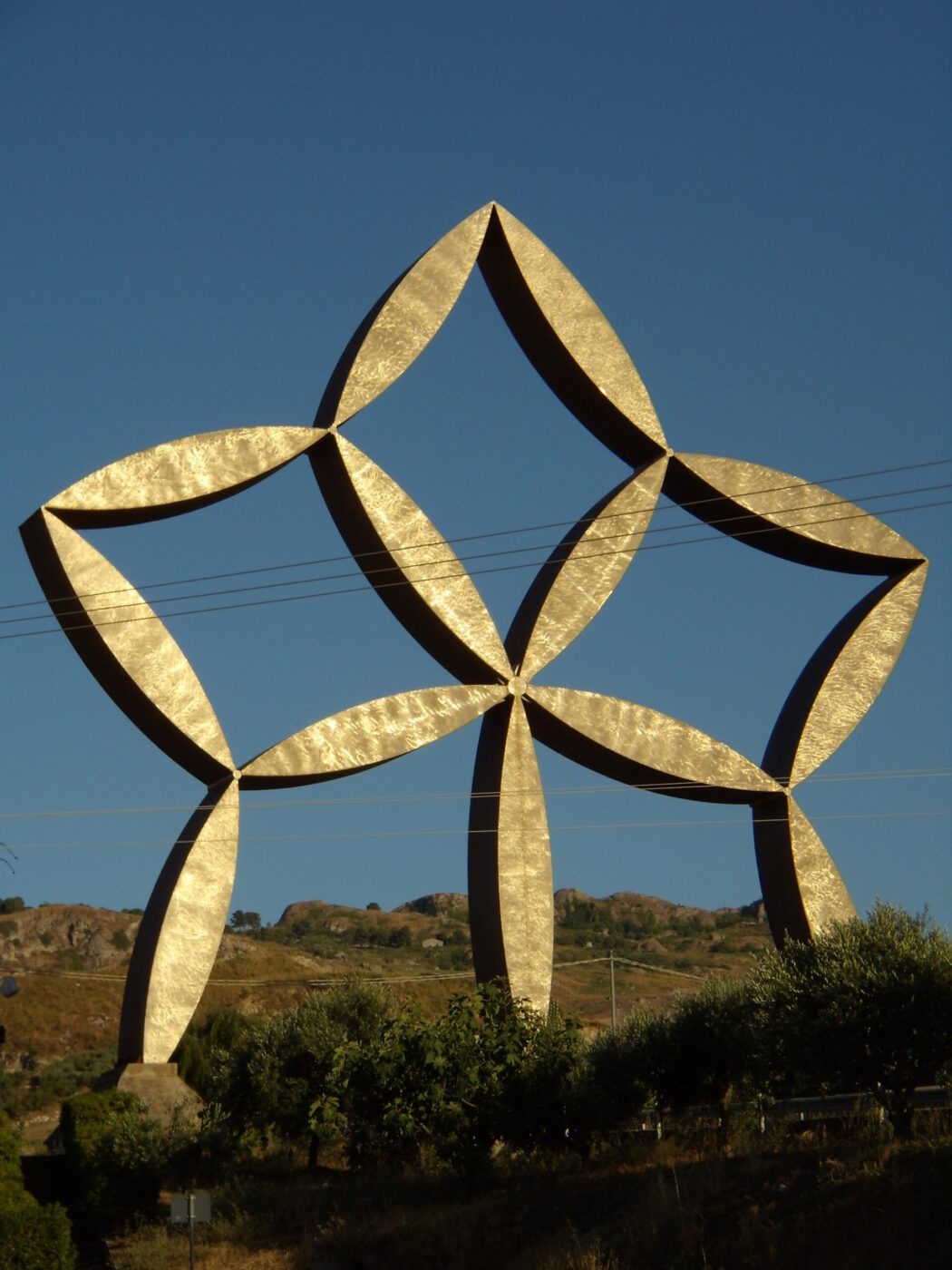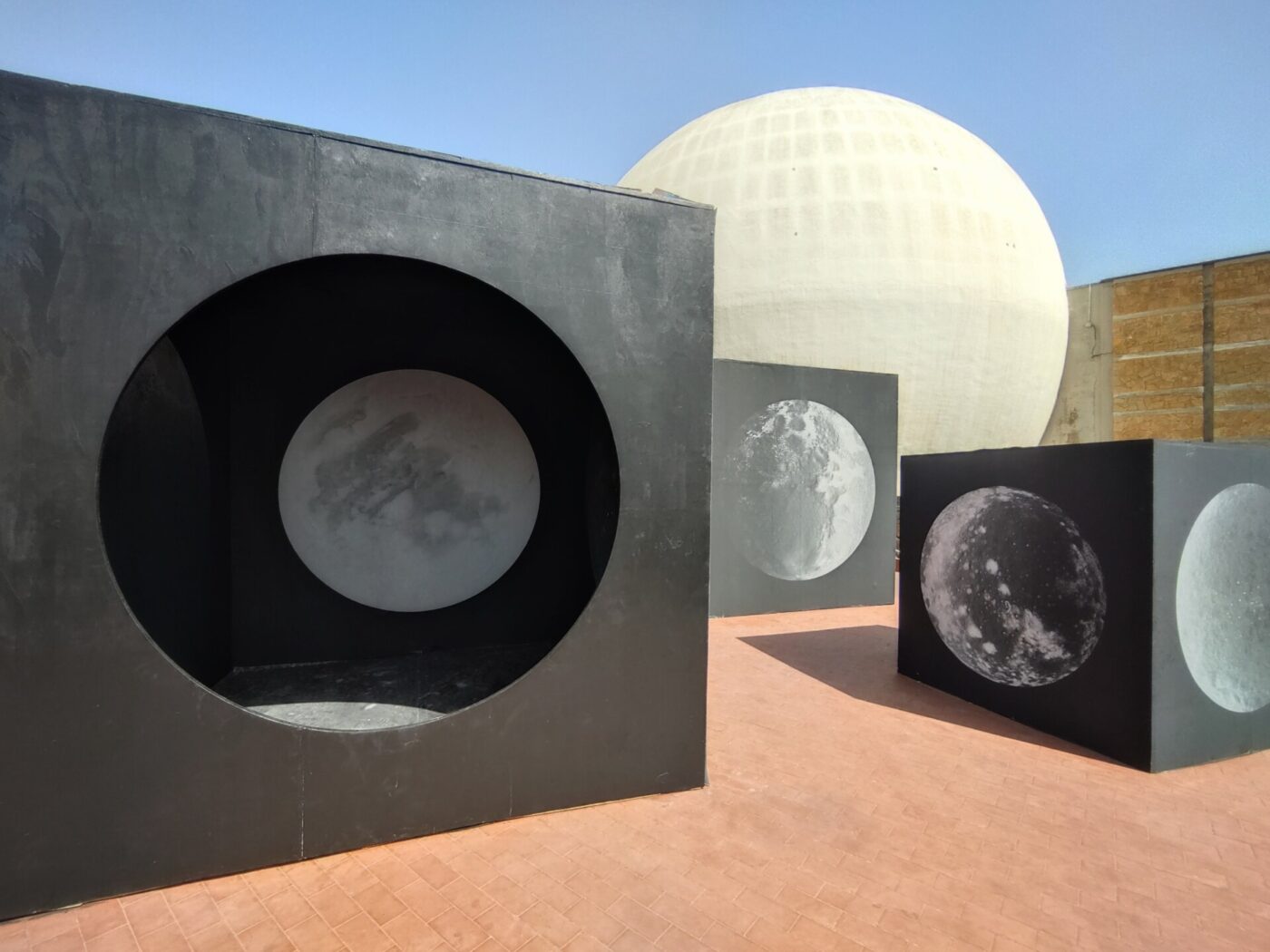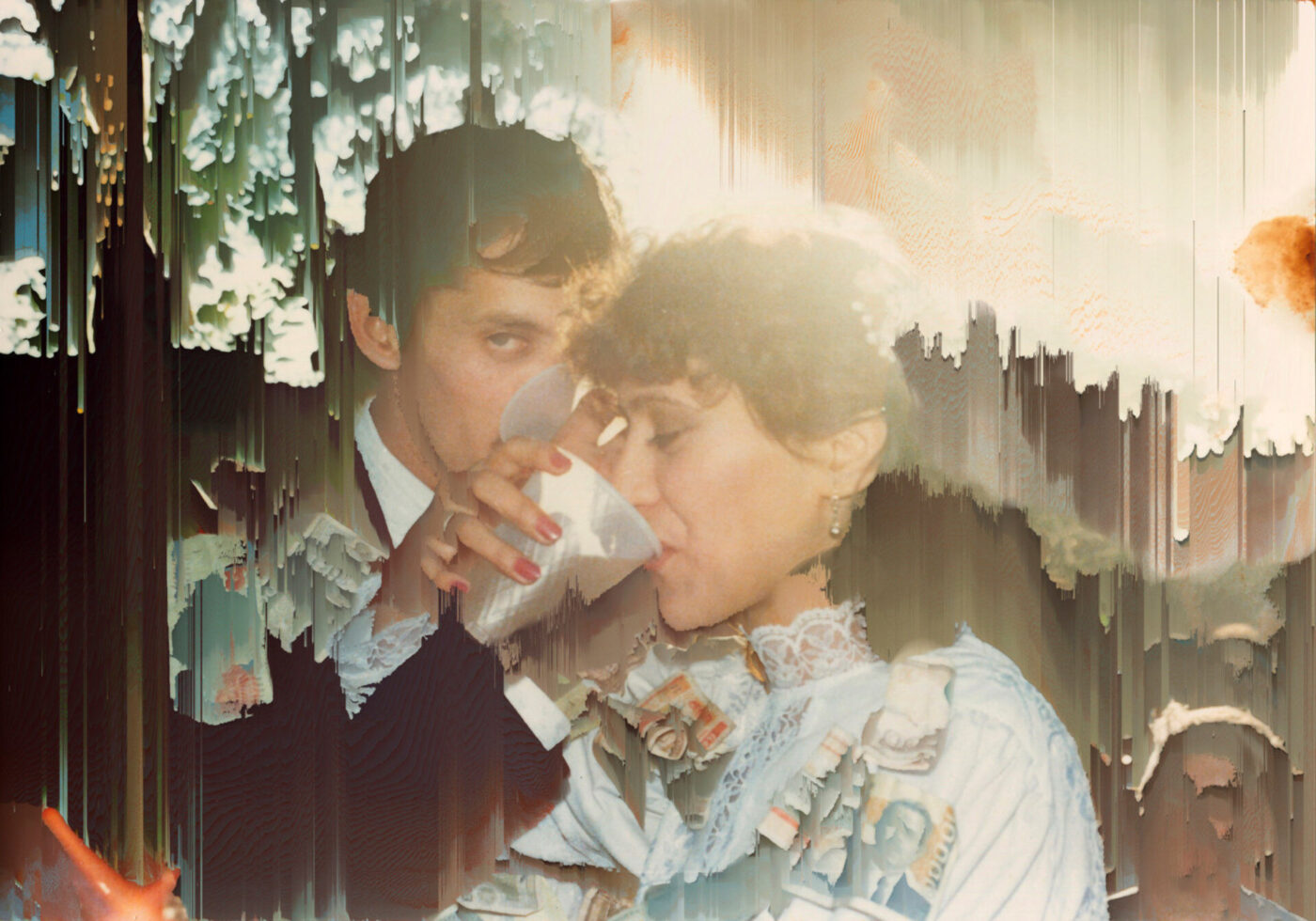On January 14, 1968, a 6.4-magnitude earthquake hit the Belice Valley in western Sicily. In less than two days, the farming village of Gibellina—and its neighboring towns—were reduced to ruins. “All that remains is a shapeless pile of rubble, twisted beams, and crumbled walls. Reconstruction on the site will be impossible: just clearing the rubble would be a futile and impossible task,” wrote geophysicists Mario De Panfilis and Liliana Marcelli of the disaster. “In these places, life has been extinguished in all its manifestations. The silence of absolute destruction looms hallucinatory, like something detached from the world and from time.”
And the inhabitants—no longer having a history made up of tuff and piazzas—divided themselves. Many left for the north or abroad, helped by a government that offered one-way tickets to anywhere. Those who stayed had to start over 18 kilometers away, in Gibellina Nuova.
But, under the vision of Mayor Ludovico Corrao, the city wasn’t just rebuilt—it was reimagined. What emerged was one of the most ambitious urban experiments of the 20th century, and today, with Gibellina set to be named Italy’s Capital of Contemporary Art in 2026, it’s worth asking: what does it mean to build a future out of ruin?

Photo by Fabrizio Pivari via Flickr
A Concrete Utopia
Ludovico Corrao—PCI politician and former lawyer for Franca Viola, the first woman in Italy to to refuse a “rehabilitating marriage”—was mayor of Gibellina from 1969 to 1994, and it fell to him to imagine what a new Gibellina could be.
His solution was to invite the major contemporary artists of the time to give the city a soul. Because how do you begin again, without a roof over your head or history under your feet? He believed meaning could be poured like cement, set into new walls, shaped by hands that knew how to tell stories.
He issued a public appeal, signed by Leonardo Sciascia, Renato Guttuso, Giovanni Treccani, Sergio Zavoli, Cesare Zavattini, and others—including the mayors of the surrounding towns.
Artists and architects responded: Pietro Consagra, Mimmo Paladino, Arnaldo Pomodoro, Giuseppe Uncini, Alberto Burri, Andrea Cascella.
And so, almost overnight, a quiet farming village was reborn as a city of concrete: stark grey walls, vast plazas, jagged sculptures, and sharp-edged geometries rising from the empty Sicilian plain. Designed by Italy’s leading architects and artists, Gibellina Nuova became a bold experiment in civic imagination—a place where nothing was left to nostalgia, and everything, from sidewalks to churches, bore the imprint of contemporary art. The Chiesa Madre by Ludovico Quaroni went up—a concrete church defined by its massive geometric dome and a bare interior lit by natural light slashing through narrow openings. Nearby, the Sistema delle Piazze, designed by Franco Purini and Laura Thermes, replaced a traditional town center with a sequence of interconnected squares.
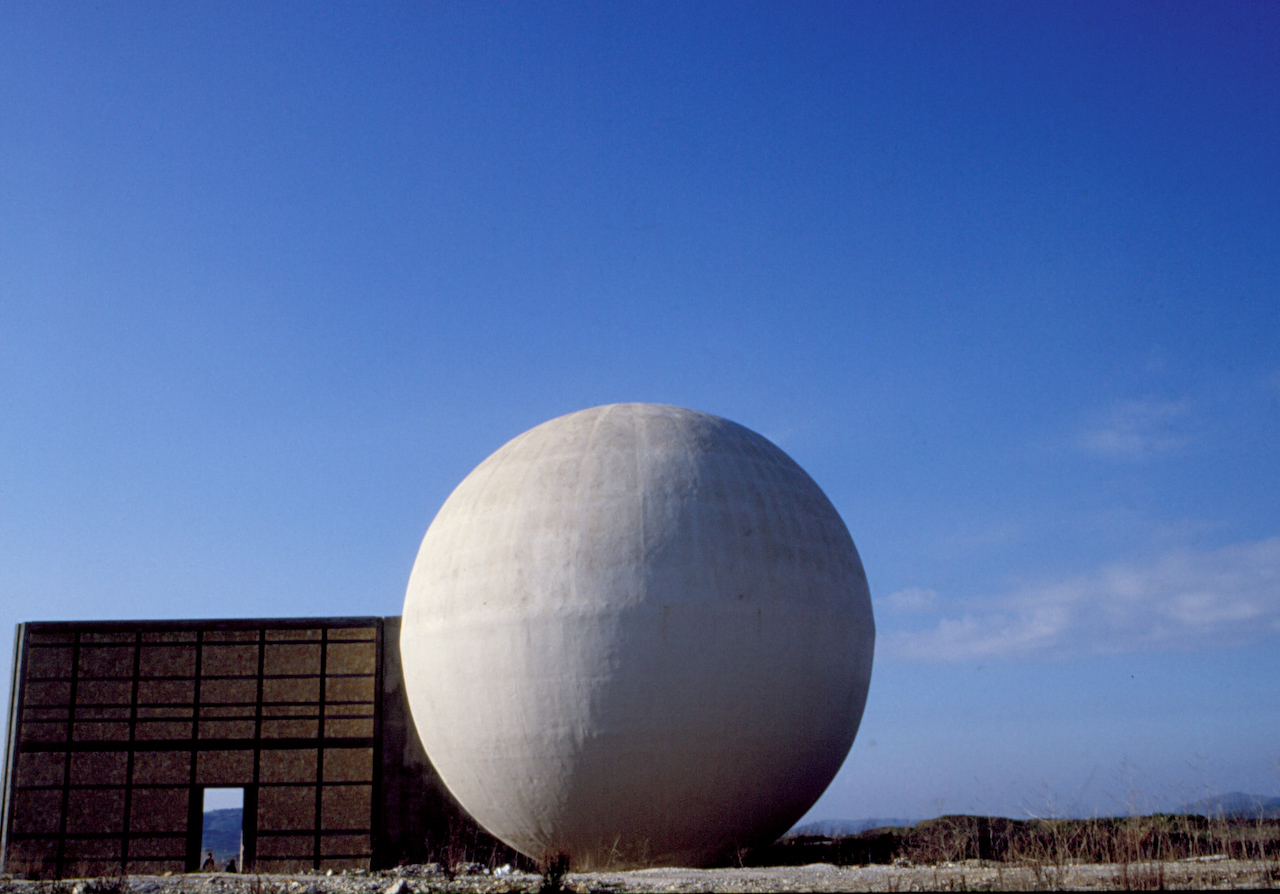
The building of Chiesa Madre; Photo by Carlo Columba via Flickr
Beyond just bringing art to the city, Corrao sought to involve the people of Gibellina directly. Plays were put on, and locals spent months in theater workshops preparing their roles. Artists like Arnaldo Pomodoro designed the sets, but it was local carpenters and craftsmen who built them. Costumes and embroidery were done by seamstresses—many of them women who, until then, had only practiced that work at home.
It became a kind of civic apprenticeship. Knowledge was shared, skills were passed down, and a sense of community took shape. New forms of economic activity emerged, especially for women, in places where they hadn’t existed before.
Of course, it wasn’t without controversy—especially when it came to Burri’s Cretto.

Burri’s Cretto covering the ruins of old Gibellina; Photo by BJs, CC-by-sa 3.0 via Wikimedia Commons
Cretto’s Criticisms
If there’s one work that embodies the vision of Gibellina, it’s the Grande Cretto—better known as Burri’s Cretto. It’s also the only artwork situated in the ruins of the original town.
When invited to contribute to Gibellina Nuova, Burri declined. The new city, already full of installations and interventions, didn’t move him. “I can’t do anything here,” he recalls saying. He asked, instead, to visit the site of the old town. “I almost cried, and immediately I had an idea. Here, I feel I could do something,” Burri later wrote. “We would compact the rubble, which is such a problem for everyone, reinforce it well, and use cement to make a huge white cretto, so that it would remain a permanent reminder of this event.”
What he proposed—and eventually built—was monumental land art on the scale of the town. Between 1984 and 1989, Burri poured 85,000 square meters of white concrete over the ruins of old Gibellina, following the original street grid. What remained were deep fissures—walkable “cracks” that trace the bones of the vanished town.
Not everyone embraced the Cretto. Some survivors and locals felt it buried their personal history—literally—by covering the ruins instead of preserving or restoring them, as had been done in other earthquake-stricken villages. Others criticized the project’s long timeline and limited community involvement, which made the work feel distant, even alienating, during a time when many residents were still grieving and displaced.
Practically, the project took over 30 years to complete—finally finished in 2015—due to its massive financial demands. And even now, some see the Cretto’s growing tourist appeal as a kind of spectacle, one that risks overshadowing the very loss it was meant to memorialize.
But what happens when you grow up in a city built as a work of art? Architect Vincenzo Mesina grew up climbing Marcello De Filippo’s Grande Area 85, played behind the scenes of theater productions, and moved through spaces shaped by some of Italy’s greatest contemporary artists.
“Perhaps living in contact with these unique features, with an aesthetic that is different from the surrounding area but also from the international context, led me to pursue a career in architecture,” he says.
Like many born in the aftermath of the earthquake, Vincenzo didn’t immediately grasp what made Gibellina so unusual. “Those who are born here don’t realize the uniqueness of the context and history in which they live. I was born in the late 1980s and grew up in the 1990s during the boom of that history. Extraordinary things were happening here, but I didn’t notice them. When you grow up and become an adult, when you leave here, that’s when you realize it.”
As an architect, Vincenzo holds a dual perspective—both intimate and professional—on Gibellina’s legacy. The town, he notes, still faces the same challenges as any small inland Sicilian village of 3,000. But Corrao’s vision, he says, “left a few more possibilities open.”
“We are a small village in one of the poorest areas of Europe, but what happened here would not have been possible without a strong vision from above. Who, at the time, could have imagined such a future in the poorest area of Italy?”

Part of the photographic series "Grande Cretto di Burri, Gibellina" by Pino Musi, CC BY-SA 4.0 via Wikimedia Commons
“This debate has divided the community for years,” Vincenzo says of the conversation around the Cretto, however. “The people who suffered the trauma of the earthquake at that time felt attached to whatever was left, so when they saw the place where they grew up covered in concrete, they found it unbearable.” But he also defends the reasoning behind it. “I believe that Corrao wanted to create a dialogue with the deeper culture of ancient Sicily. He wanted to leave a mark, to give all that suffering an energetic wake-up call. And then there were practical reasons: when the Cretto was built, the village was crumbling and difficult to reach. What was left standing was blown up by the fire brigade for safety reasons and would soon have been overrun by vegetation.”
“To me, it seems like a four-handed work: there is Burri’s art, but also Corrao’s reasoning, who laid a shroud over the defined body of old Gibellina, allowing it to remain alive through the centuries.”
To understand the more contested architectural choices, Vincenzo says, you have to look at the historical context. “The reconstruction projects were designed at a central level by engineers and architects who drew inspiration from the garden cities of northern Europe, which were not suitable for Sicily. The experiment proved to be a failure at a national level, and consequently here too. Corrao and other prominent figures tried to have their say, but they were too late. They managed to block some unnecessary construction and ensured that the main works were carried out by the great architects of the time, creating the Sistema delle Piazze (System of Squares) to fragment an otherwise enormous space, creating secret gardens and restoring the ancient façade of the Palazzo di Lorenzo and the few columns of the old town.”

Work by Robert Pufleb and Nadine Schlieper at Gibellina Photoroad; Photo by Federica Calleri.
Italian Capital of Contemporary Art 2026
And yet, despite the unfinished debates that still circle its streets, Gibellina has continued to reinvent itself through culture.
Proof is found each summer with the photography festival Gibellina Photoroad—now in its fifth edition with the theme of “Timeless.” From June 20th to August 20th, the festival turns Gibellina’s public spaces into open-air galleries. It’s a chance to experience the town’s surreal cityscape—from the geometry of Sistema delle Piazze to the stern facade of the Palazzo di Lorenzo, from the modernist sweep of the Mother Church to the Baglio di Stefano. You’ll pass works by Gregotti, Purini, and Collovà and photos by Paolo Ventura, Alex Majoli, Mandy Barker, Feng Li, and a host of emerging artists.
The Gibellina program then rolls straight into Le Orestiadi, the city’s long-running festival of contemporary culture with exhibitions, literary events, and music and theater performances. Founded in 1981 by Mayor Corrao and named after The Oresteia—Aeschylus’ trilogy about cycles of violence and the hard-won transition from revenge to justice—the festival was imagined as a way for the city to confront trauma and rebuild identity through art. This year, from June 27th to August 2nd, performances will unfold in places like the Cretto and the Baglio, including a special event honoring writer Andrea Camilleri on July 31st, what would have been his 100th birthday.
All of this builds toward 2026, when Gibellina will be named Italian Capital of Contemporary Art. It’s a chance to prove that this place, often written off as a failed experiment, might still be a lab for rethinking public space and how a city can move forward from disaster. Apparently, the wish for the upcoming year is to learn from the past how to dream about the future.
“I hope this will not be a missed opportunity to relaunch and restructure the Gibellina vision. I expect people to come up with activities capable of generating… an economy of culture, so that we can actively place ourselves at the center of the cultural debate without limiting us to celebrating the glories of the past,” says Vincenzo. He shrugs, “We like to think in a utopian way.”
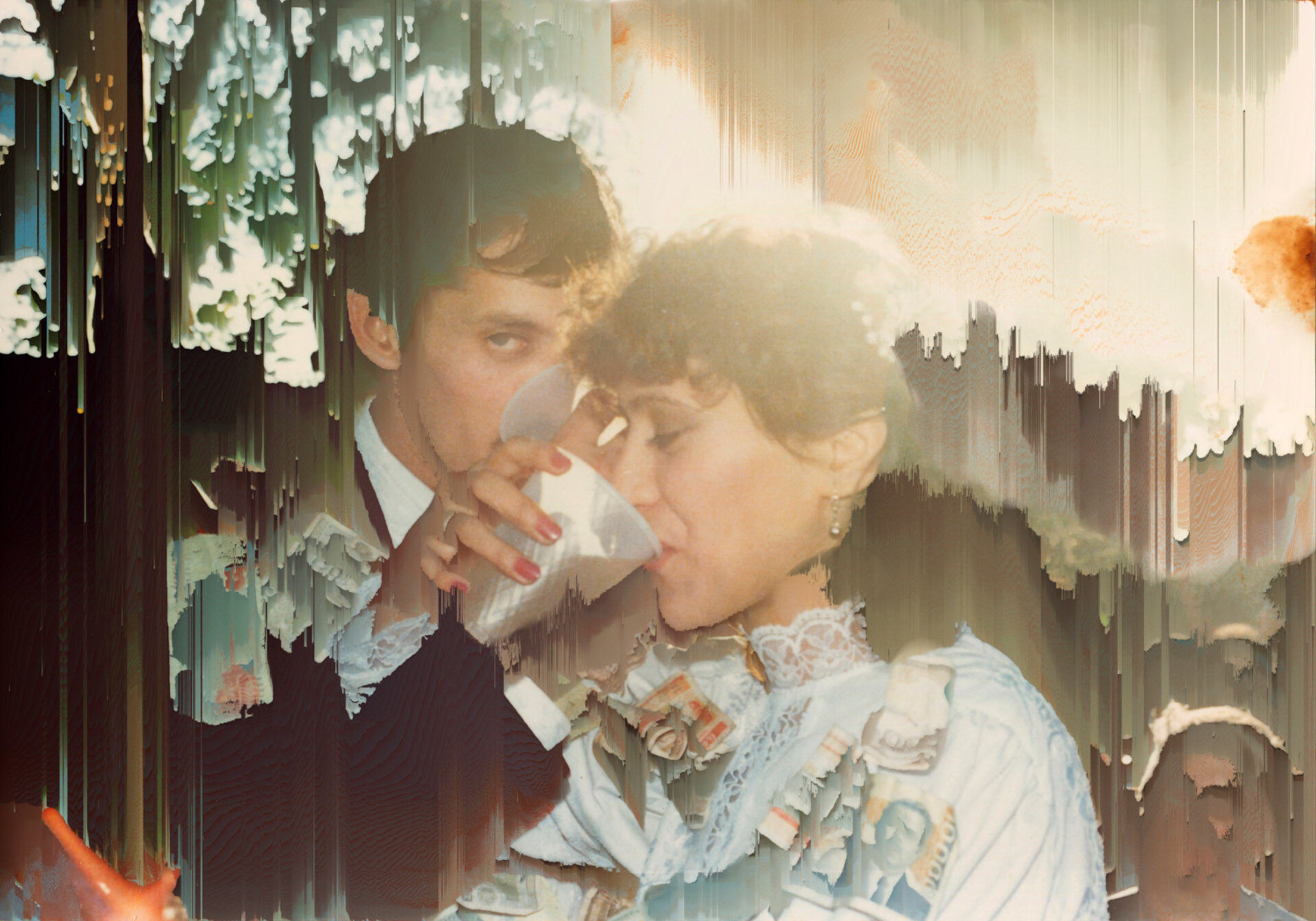
Photo from "Las Flores mueren dos veces" project by Cristóbal Ascencio.


